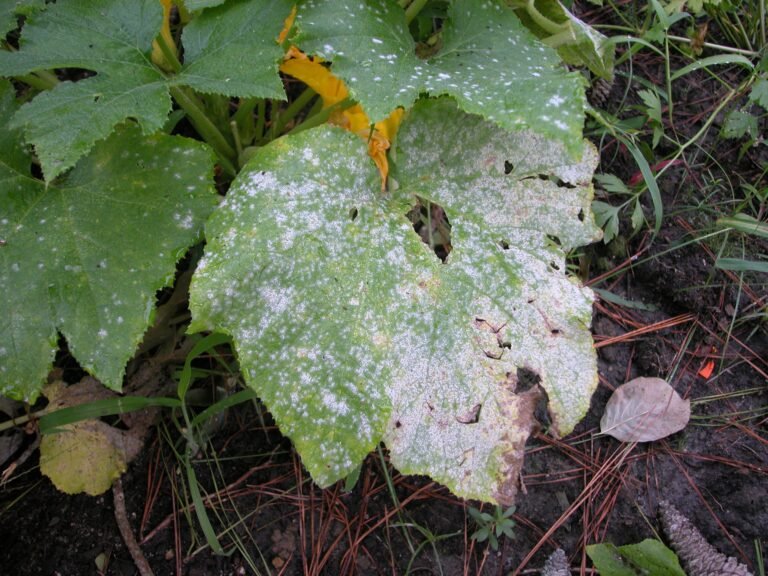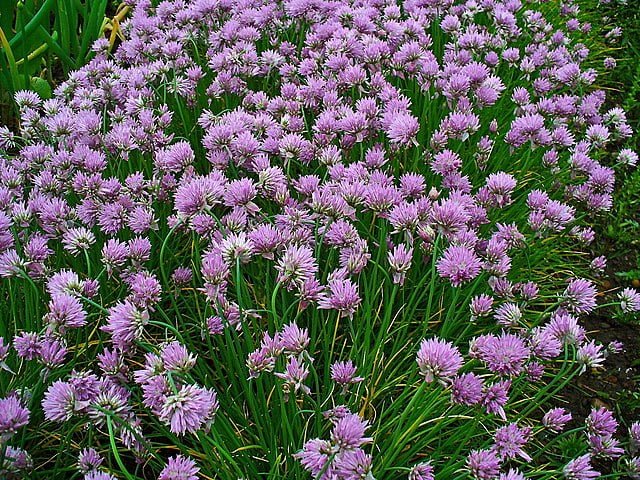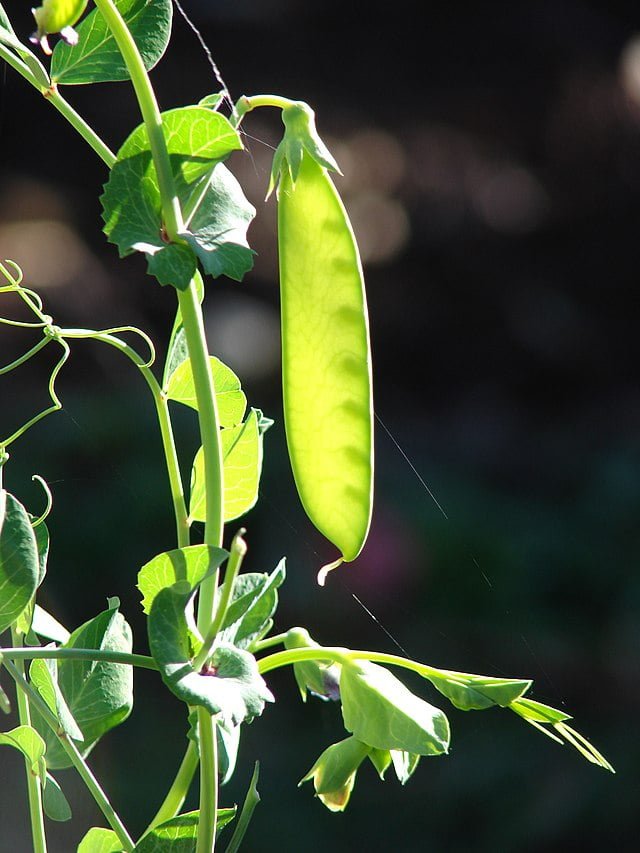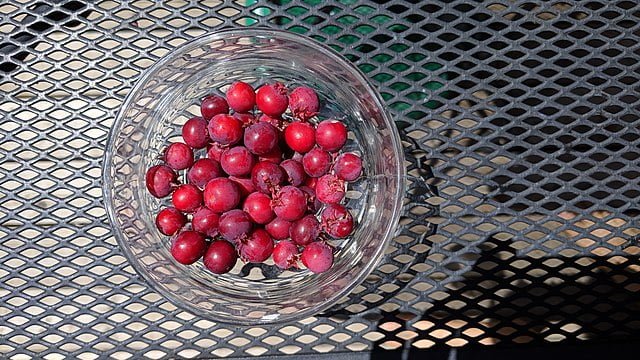Chamomile: A Haven for Gardeners and Tea Lovers
Chamomile, with its daisy-like flowers and apple-like fragrance, has been a cherished herb in gardens and medicine cabinets for centuries. Revered for its calming properties, chamomile is a must-have for any herbal tea enthusiast or gardener seeking to add a touch of tranquility to their space. This comprehensive guide will navigate you through the steps to grow, care for, and harvest chamomile, transforming your garden into a sanctuary of peace and natural wellness.
What is Chamomile?
Chamomile refers to several different species, but the two most commonly grown for their medicinal and culinary uses are German chamomile (Matricaria recutita) and Roman chamomile (Chamaemelum nobile). German chamomile is an annual plant that can grow up to 2 feet tall, while Roman chamomile is a low-growing perennial that can serve as a fragrant ground cover.
How to Grow Chamomile
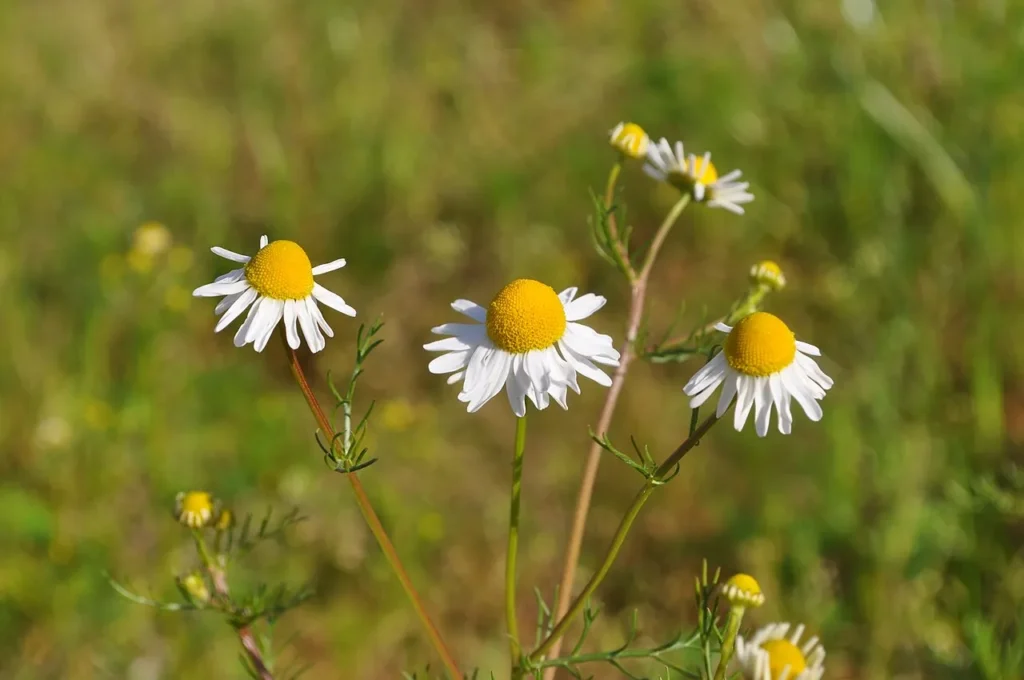
Planting Chamomile
- Choosing a Variety: Decide whether you want the perennial Roman chamomile or the taller, annual German chamomile based on your garden space and needs.
- Timing and Location: Plant chamomile in the spring after the risk of frost has passed. Choose a spot with full sun to partial shade and well-drained soil.
- Soil Preparation: Although chamomile is not particularly demanding, incorporating compost into the planting area can improve growth. It prefers a neutral to slightly acidic pH.
- Sowing Seeds: Sow chamomile seeds directly into the soil, lightly pressing them into the surface without covering them, as they need light to germinate. Water gently and keep the soil moist until germination, which usually occurs within 7-14 days.
Caring for Chamomile Plants
- Watering: Chamomile is relatively drought-tolerant once established, but regular watering during dry periods will promote lush growth.
- Feeding: Chamomile does not require heavy fertilization. A light application of a balanced organic fertilizer at planting time is sufficient.
- Thinning and Spacing: Thin seedlings to about 6-8 inches apart for German chamomile or up to 12 inches for Roman chamomile to allow for adequate air circulation and growth.
Harvesting Chamomile
- When to Harvest: Harvest chamomile flowers when they are fully open, typically in late spring to early summer. The best time of day for harvesting is in the morning after the dew has evaporated but before the sun is too high.
- How to Harvest: Snip the flower heads off the stems with scissors or your fingers, leaving enough stem on the plant to promote new growth.
- Drying and Storing: Lay the flower heads on a screen or paper in a dry, airy space away from direct sunlight. Once fully dried, store the chamomile flowers in an airtight container in a cool, dark place.
Uses for Chamomile

Chamomile is most famously used for making a soothing tea that can aid sleep and digestion. Beyond tea, chamomile can be used in skincare products for its anti-inflammatory properties, in culinary dishes for its subtle apple-like flavour, and as a beautiful, aromatic addition to garden beds and borders.
Frequently Asked Questions About Growing Chamomile
Final Thoughts

Growing chamomile is a rewarding experience that offers a multitude of benefits, from enhancing your garden’s beauty to providing a natural, soothing remedy for various ailments. Whether you’re a seasoned gardener or a novice, chamomile is an easy-to-grow herb that can bring a sense of calm and tranquility to your space. By following the guidelines in this guide, you’ll be well on your way to harvesting your own chamomile and enjoying the gentle, healing properties it has to offer.


